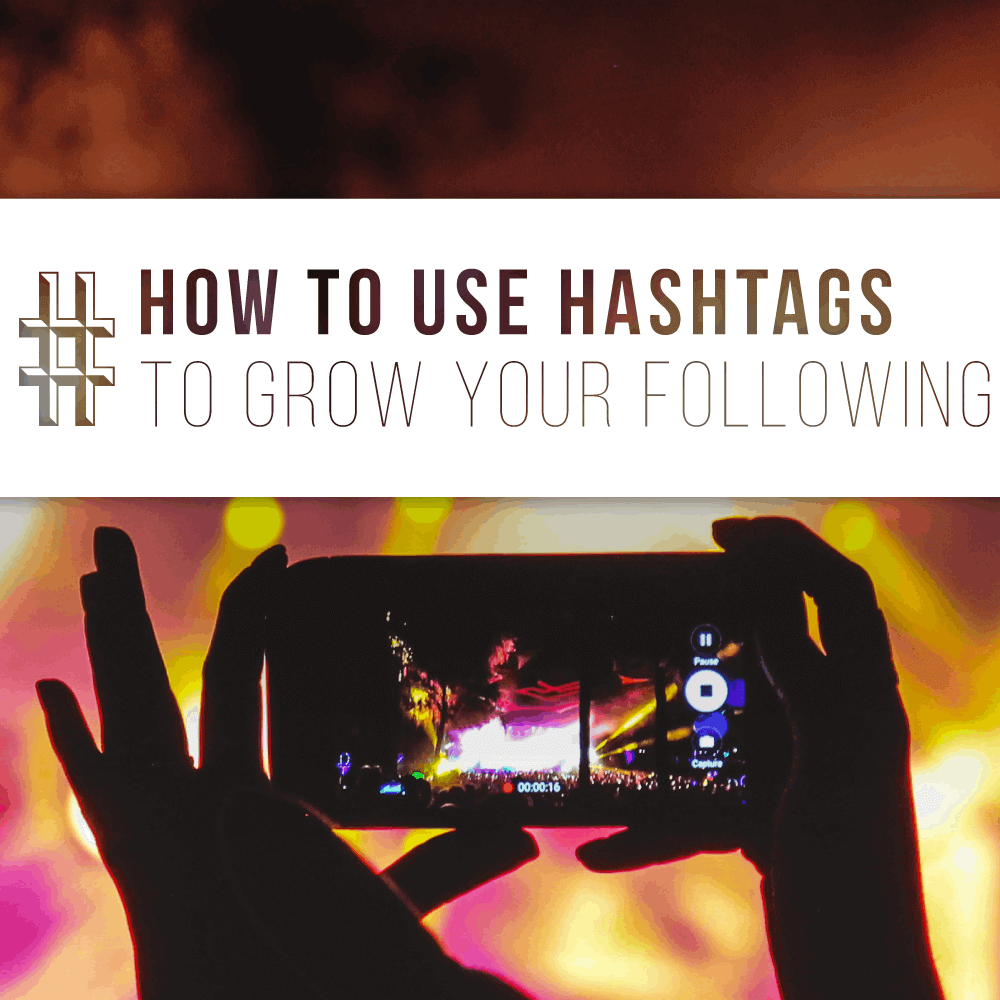Hashtags may have started out as the pound sign on your phone, but they have quickly become a vital tool for creators to use to grow their following on social media. In fact, hashtags have become such a fundamental tool for content discovery that Instagram recently rolled out a feature that enabled its users to follow hashtags as they would normal users. While many creators understand what hashtags are, not many people understand how to properly use them. To help you #win at your social media strategy, here’s our guide to break down where, when, and how to effectively use hashtags.
The Basics For Picking An Effective Hashtag
Hashtags have become the most popular and efficient way for creators to categorize their content, and play an integral role in content discovery. They also provide creators a great resource to connect and engage with new audiences based on a common theme or interest. Before you get started with hashtags, you should consider:
- Being Specific- If you’re looking to target a particular audience, leverage hashtags that are common within that community. For example, if you are a musician, instead of using a broad hashtag like #music, use hashtags about a singular genre (for example #hiphopheads) that your audience would be likely to search.
- Making them relevant- Remember, you are using hashtags to help new audiences naturally find your content. Creativity can capture attention, but if the hashtag is too out there, people won’t search for it.
- Keeping them short- Social media spurs short attention spans so if your hashtag is too long, users won’t take the time to type it out and search for it.
- Not going overboard- Over-tagging a single post will distract users from your actual content and hurt your credibility as a creator. Choose each hashtag wisely and make sure it relates back to the content you are posting.
Where and When To Use Hashtags (By Social Network)
If you’re trying to grow your audience, it’s integral to understand that hashtags work differently on every social media network. Each social media channel has its own algorithm to determine what is trending– so in order to use hashtags effectively, you must tailor your approach. Here’s how:
- Twitter- The hashtag actually got its start on Twitter, and still remains today a prominent way to find, get involved in, or start a conversation. According to Buffer, Tweets that utilize hashtags receive twice as much engagement as posts that do not use hashtags. However, keep your hashtag use limited- the same study revealed that engagement dropped significantly if more than two hashtags were used.
- Instagram- Similar to Twitter, Instagram places heavy importance on the use of hashtags. In fact, Instagram allows users to use up to 30 hashtags per caption or comment. In order to maximize engagement, keep your post clean and professional. Do not use hashtags in the actual caption, instead, once the post is live, immediately add your hashtags as the first comment. Posts that showed the most engagement were limited to 15-20 relevant hashtags.
- Facebook- Although Facebook incorporated the use of hashtags in 2013, the feature has remained relatively stagnant and does not pose any substantial benefit. Since most Facebook profiles are private, hashtags are not as effective for discovery. If you do choose to incorporate hashtags, limit it to 1-2 uses.
- YouTube- Similar to Facebook, hashtags on YouTube have not been widely adopted and are limited to user comments. If you are looking to increase discoverability, focus on your keyword strategy.
Regardless of which social platform you choose to incorporate hashtags, the best strategy to see what works and what doesn’t for your brand is through trial and error. If you are looking for more guidance about how to grow your following and other social media strategies, make sure you follow us on Instagram and Twitter and keep up with our weekly blogs.
